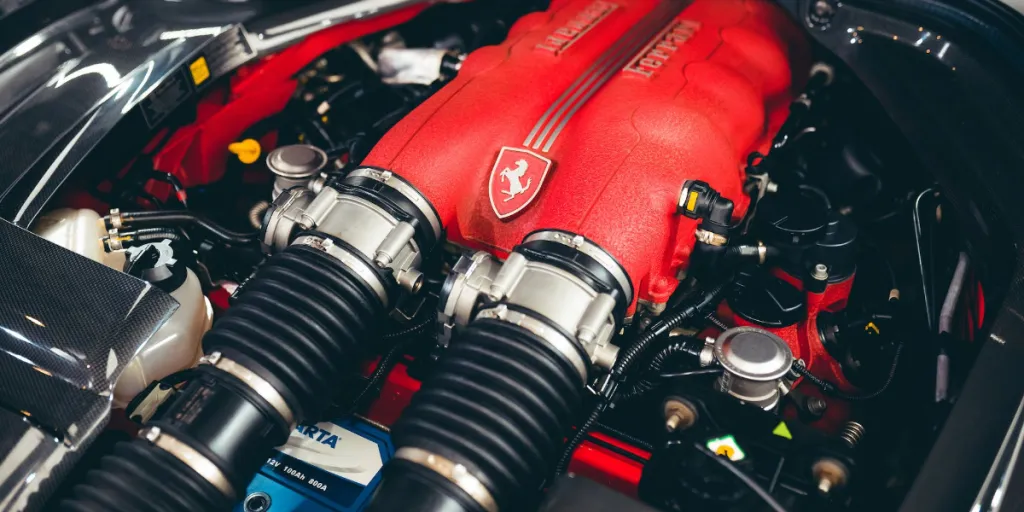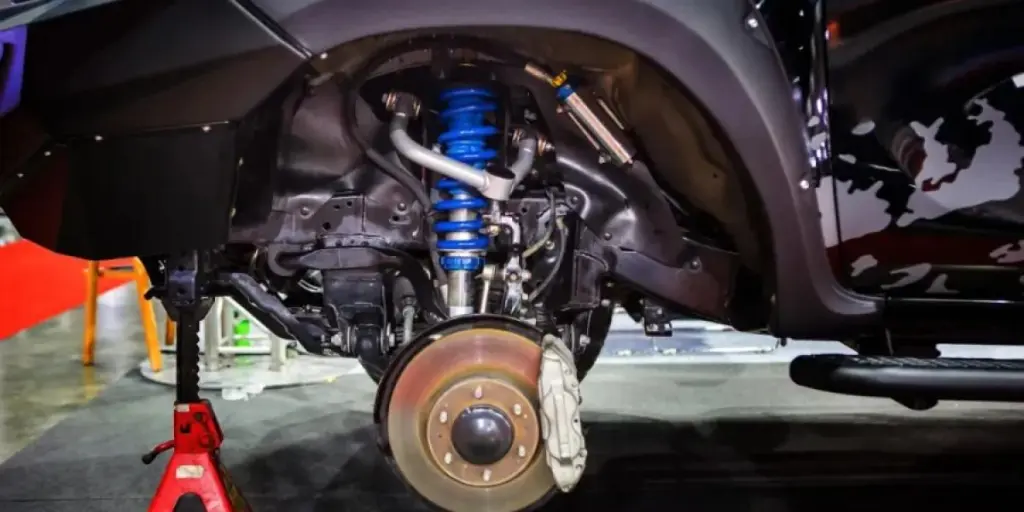The suspension system is a crucial part of any vehicle, enhancing the quality and stability of a car’s motion. The suspension system, by delivering improved handling and safety, also aids other automotive systems, such as the wheels, brakes, axles, and tires, among other components. These components are intrinsically linked to the soundness of the suspension system.
Checking and maintaining the suspension system therefore helps to ensure optimal handling performance and a vehicle’s overall longevity. This article provides a guide on how to professionally maintain and repair a vehicle’s suspension system.
Table of Contents
A vehicle suspension system and its components
How to check a vehicle’s suspension system
How to maintain a vehicle’s suspension system
How to ascertain whether suspension parts need replacing
Conclusion
A vehicle suspension system and its components
The suspension system encompasses a set of mechanical connections that are built around the vehicle’s frame, creating a damping effect of the road surface below. These components include shock absorbers, struts, cold springs, tires, and leaf springs. They work together to deliver stability and shock technology that prevents the risk of a rough or strained ride on a vehicle.
The suspension system plays a crucial role in ensuring steering stability, improved handling, and balancing friction between the road and the vehicle’s tires.
Here is a brief explanation of each of a vehicle suspension system’s key components.
1 Shock absorbers
Shock absorbers are a mechanical component of the suspension system placed within the linkages of a car’s frame. They are long, tube-shaped devices that assist in controlling unwanted motion in vehicles. They work by improving compression and controlled rebound, which occurs when a car encounters a bump or dip in the road. Shock absorbers are vital to maintaining the tires’ firm grip and contact with the road.
2 Struts
Struts are the vehicle’s weight-bearers, of which the spring and shock absorbers are its two primary components. The strut has dual functionality, handling bumps during motion just like the shock absorber and delivering the suspension system’s structural integrity. Struts offer drivers a better handling experience, allowing them to better balance speed with highly-controlled driving.
3 Coil springs
Coil springs helical-shaped elastic devices used to store energy, which is later released for shock absorption and for balancing forces between the contacting surfaces. Coil springs are normally found on the side of the car frame, near the shock absorbers. They help to carry the car’s weight, minimizes a car’s impact disturbance, and balances unwanted impacts that arise during motion.
4 Leaf springs
Leaf springs are made up of an array of metallic plates with curved impressions clamped together, each measuring the same width but varying lengths. They are used to reduce vertical vibration and are found mostly in vehicles with solid rear axles.
5 Tires
Tires are the only part of a car’s suspension that makes direct contact with the ground. Tires transfer load from the car to the ground and encounter the highest impact when the car meets bumps or dips. The wheels are designed to provide traction for acceleration, balance, and correct weight distribution.
How to check a vehicle’s suspension system
With age, vehicles can start to exhibit signs of wear, such as instability or vibrations when in motion, or veering in a particular direction. To rectify these irregularities, take the vehicle for a professional tune-up or run a basic inspection of the suspension by following the tips below.
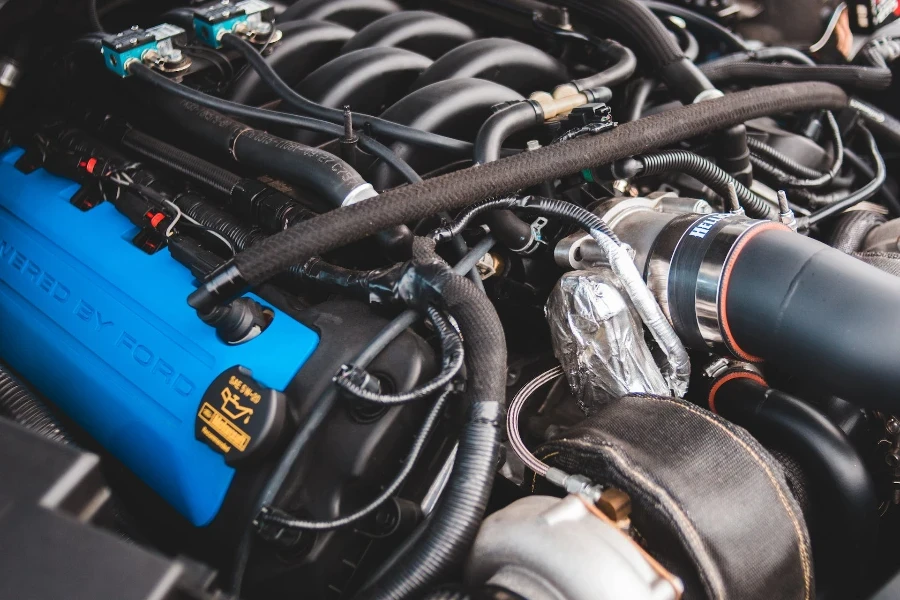
1 Check the tire tread
Tire tread is an important part of the vehicle’s drivetrain system, working alongside the brake system to determine the wheels’ alignment. Monitor each of the tires, checking specifically for wear, dropdowns, or tire unevenness. When a part of the tire tread drops low, it poses a danger to you and other road users and must be repaired immediately.
2 Check the wheel alignment
Wheel alignment inspections are often neglected, and among some less-informed drivers, considered an unnecessary expense altogether. However, inspecting the alignment of a vehicle’s wheels does a lot of good, fixing tire wear problems, protecting the entire suspension system, and enhancing a car’s handling. Therefore, regular realignment of the wheels should not be overlooked. On average, a used vehicle should undergo wheel realignment after every 30,000 miles.
3 Try sudden braking when in motion
Abrupt braking is another effective way to check the condition of a car’s suspension system. This procedure is best implemented in a safe environment. Take a short drive and, at intervals, halt abruptly to observe whether the car’s front dips significantly or if it exhibits other obvious issues. If a car has a faulty front strut or shock absorber, it will struggle to maintain balance or direction during sudden braking.
How to maintain a vehicle’s suspension system
Maintaining a vehicle’s suspension system is easy once you’ve mastered a few key steps. Read on below to learn how to effectively care for a suspension system, which, in turn, will help elongate a vehicle’s road life overall.
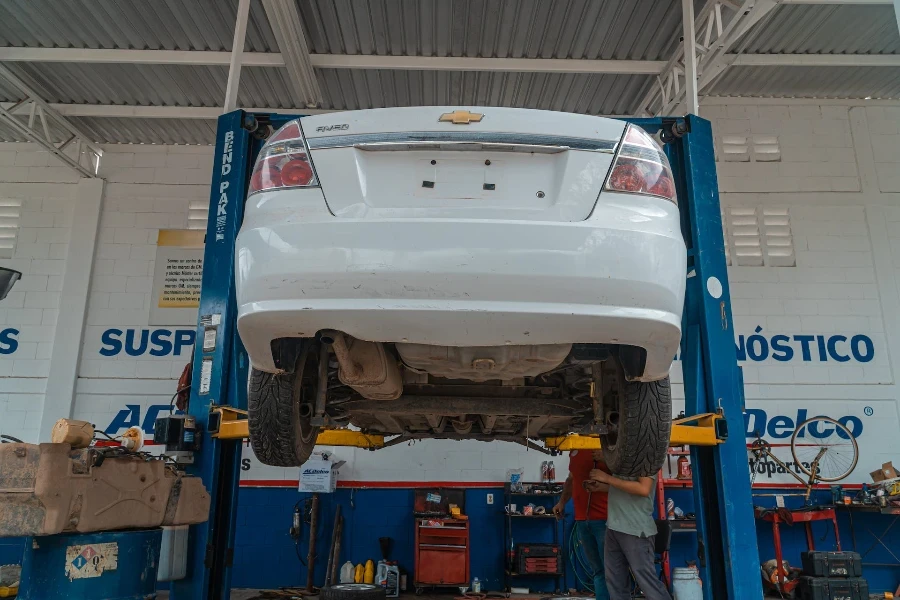
1 Check the tire pressure
Tires must remain inflated to the recommended PSI level in order to achieve peak performance. The PSI level is usually displayed on a sticker on the driver’s side door jamb. Inspect each of the tires using a reliable tire gauge, and pump up any tires low on air to the specified PSI level. If a tire is overinflated, give it some time to cool down, then deflate the tire to match the suitable PSI level.
2 Inspect the shock absorbers
Faulty shock absorbers are a disaster in waiting, and should therefore be inspected on a regular basis to see if there is any compromise to the vehicle’s ability to dampen shock. Any irregularities should be fixed immediately to avoid potential accidents. Hydraulic fluid or gas leakage are common problems encountered with shock absorbers and can affect the movement of the piston when left untreated, which can lead to a further reduction in shock absorption.
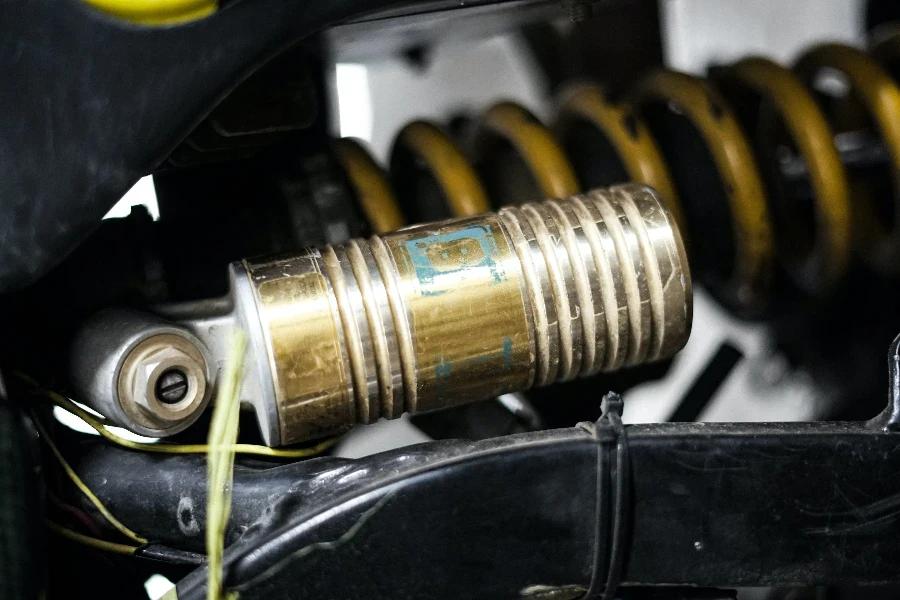
3 Check the tread depth
Tires with the correct tread depth are an asset to the suspension system, helping to prevent damage or suspension system failure. A healthy tire should have a tread depth of no more than 2/32nd inches. It’s important to run a thorough inspection for tire wear. In a case of uneven wear, carry out a proper wheel alignment to correct the drivetrain system.
4 Check the ball joints
Ball joints should also be inspected for signs of wear and tear often only requiring oil lubrication to perform better. Since the ball joints must always remain lubricated, it’s advisable to lubricate them whenever changing the car’s oil.
5 Get the wheels realigned after every 20-30k miles
Wheel realignment is necessary for boosting a car suspension’s functionality and avoiding accidents. It’s best to realign the wheels after every 20-30k miles to prevent tire wear and keep the car working reliably and safely.
How to ascertain whether suspension parts need replacing
To identify faulty components in the automotive suspension system that may need replacing, run a full system inspection and deal with any unusual signs.
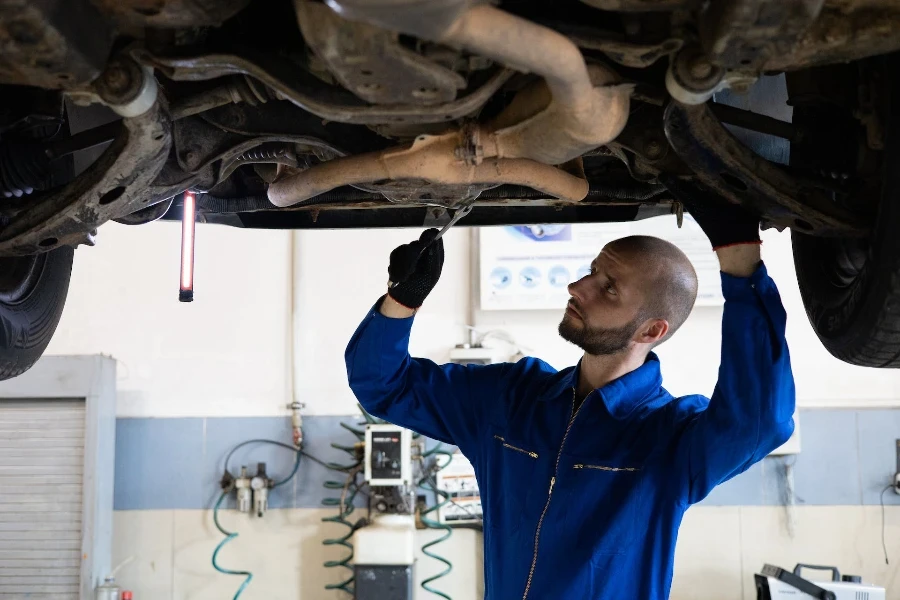
The signs below may indicate that something relating to the suspension system is broken and that a component needs replacing:
- If the car is unusually bumpy or imbalanced
- If steering causes the vehicle to move back and forth in an uncontrollable motion
- If the vehicle is too close to the ground
- If there are signs of uneven wear and tear on the tires
- If the vehicle bounces or rocks during braking
- Signs of oil leakage in the vehicle’s struts or shocks
To figure out which aspect of the suspension system is malfunctioning, you may need to run a thorough inspection of each aspect.
Conclusion
Vehicle suspension system maintenance is crucial for sustaining the life of a vehicle’s drivetrain system and enhancing speed and control when driving. Car owners must pay close attention to the warning signs mentioned in this article and take proper action where necessary.
If you are looking to source replacement parts for vehicle suspension systems, visit Alibaba.com for a huge range of in-demand products, including struts, ball joints, tires, or springs.
